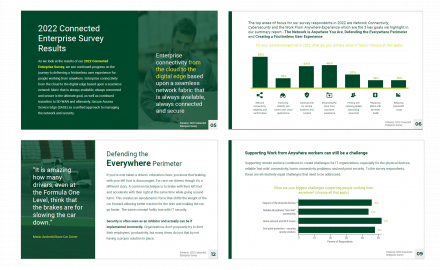IoT’s Business Challenges and Best Practices
IoT’s Business Challenges and Best Practices
The Internet of Things.
It seems that ambiguity surrounds many technology buzzwords and phrases. For instance, the phrase Internet of Things, what does it mean, and what impact can this have on our lives and business?
If you were to ask a dozen people to define what the Internet of Things really means, you would likely get a dozen different answers. My definition is simple, The Internet of Things is an evolution of the original Internet.
When you think about it, the original Internet content was input by people, and the associated consumers of that content were people. The primary focus of the Internet was research, business operations/communications and a new market for retail and consumer goods.
As technology advances, the Internet will be dominated by devices and sensors that provide information input, analysis, and direction to ultimately benefit consumers and businesses. This is the Internet of Things (IoT). Interrelated devices and sensors that provide the ability to communicate and act on data with or without human interaction.
This, in turn, will lead to “Things”, such as Smart Cities, Smart Roadways, Smart Factories, etc.
This evolution from traditional use Internet, to the IoT, provides businesses with opportunities, as well as challenges. In this new age of IoT, with billions of projected devices and sensors, businesses will face many challenges from a technology perspective.
For example, each device and sensor will need a network address to communicate. The original Internet Protocol version 4 (IPv4) can support a maximum of 4 billion network addresses. The American Registry for Internet Numbering (ARIN) announced in 2015 that it had run out of IPv4 addresses to assign to customers within North America.
What this means is that many businesses will need to plan for the adoption of the IPv6 numbering scheme. The IPv6 numbering scheme will support significantly more network addresses, somewhere around 52 trillion-trillion addresses per person.
Another area is security planning and management. Billions of devices, sensors, communication streams, and the associated compute and storage will be vulnerable to attack or exploitation. As more information is collected, the amount of stored personal information will increase. Many of the new devices and sensors lack basic protection against hackers, therefore appropriate planning for security and risk mitigation will be instrumental in deploying IoT solutions.
An additional challenge surrounds data storage and control. All these new devices and sensors will generate significant amounts of data, which will need to be stored and analyzed. Planning for this data storage and the analysis will be key for ongoing innovation within the business.
This all parallels what the digital transformation journey is all about, using digital technologies to change a business model and provide new revenue and value-producing opportunities.
Businesses that embrace IoT for the information, analytics, and actions it provides, will find a competitive edge in the market. IoT will enable enhancement of products, services, and the customer experience while also providing a springboard for innovation and the development of new products and services. However, organizations shouldn’t rush to implementation without a thorough review of their current technology, and what they ultimately want to achieve from IoT.
While some of these topics may appear daunting, incorporating IoT into your business is a rewarding, and necessary action to stay competitive. We are on the verge of a new frontier in technology. New platforms such as Ethereum, which is based on Blockchain will continue to evolve IoT capabilities.
What we know today, will change tomorrow as it is an evolving landscape. Over time, we will see more possibilities that we are unable to even conceive of today. Take a closer look at IoT and make sure your business is taking advantage of what the future holds.
< Back to all Insights


